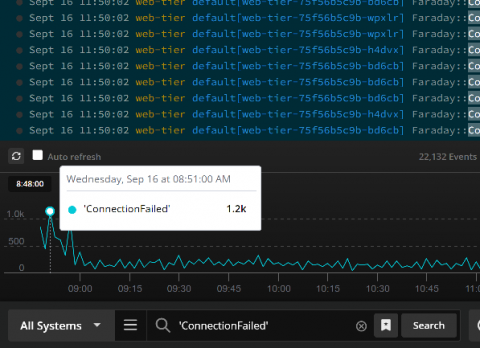Remote Support Software for MSPs
As MSPs work to support customers in 2020, they face a unique set of challenges—which is why they need dependable and robust remote support software designed specifically for their requirements. As the workforce becomes increasingly remote, it is crucial that managed service providers (MSPs) adapt their business practices to accommodate this change and properly support their customers.







